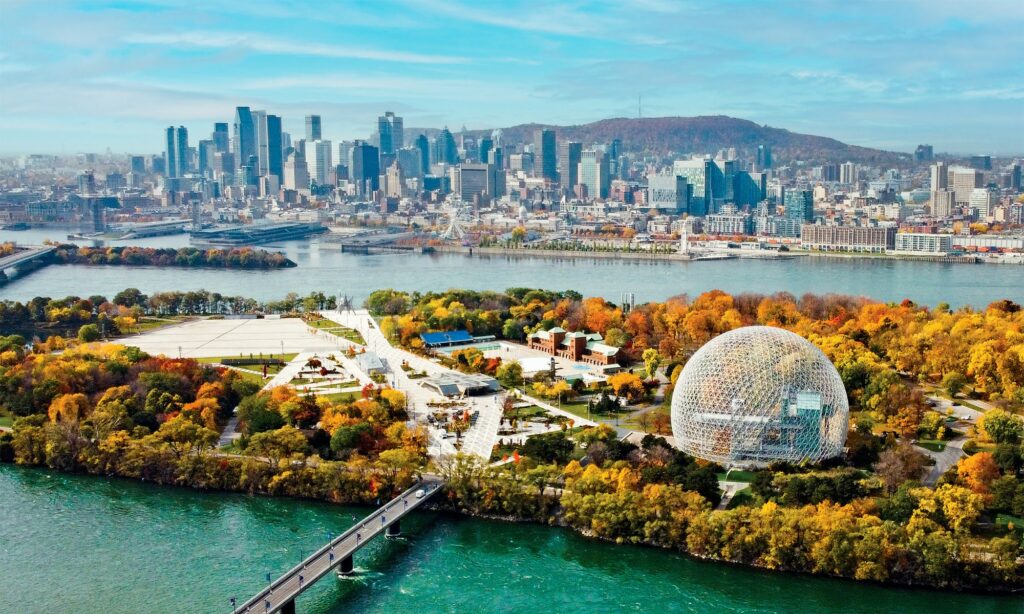Arctic Treasures Thawing Away
The Arctic is warming four times faster than the global average, turning frozen vaults into soggy graves for millennia-old artifacts. Permafrost, once a natural freezer, is now melting, releasing organic materials like wood, leather, and bone that decay rapidly upon exposure to air and water.
In Alaska’s Shishmaref village, ancient whale bones and tools carved by Iñupiaq ancestors are washing away with eroding coastlines. Similarly, Siberia’s Yamal Peninsula has seen 16th-century reindeer herder camps exposed—and destroyed—by thawing ground.
Greenland’s Ice-Locked Legacy
Nuuk’s Greenland National Museum houses Dorset culture tools over 2,500 years old, but field sites are vanishing. Glacial meltwater floods archaeological digs, while rising seas claim coastal middens—piles of shells and bones documenting ancient diets.
Museum director Nuka akaaraq Lund warns, “We’ve lost 20 sites in five years. What’s left must be documented now.” Urgent excavations are underway, but volunteers and funding are scarce.
- Key Arctic threats: Permafrost thaw accelerating decay; coastal erosion from storms intensified by warmer seas; wildfires scorching tundra archives.
- At-risk artifacts: Mammoth ivory carvings, Viking ship remnants, Indigenous hunting gear.
Island Exhibits Swallowed by Rising Seas
Pacific and Indian Ocean islands face existential threats from sea-level rise, projected to submerge low-lying nations by 2100. Cultural repositories here store unique histories of navigation, mythology, and adaptation—now at risk of saltwater corrosion and storm surges.
In Kiribati, the National Culture and Heritage Museum in Tarawa displays canoe prows and woven mats from Micronesian voyagers. But king tides already flood the site annually, salinizing collections and eroding foundations.
Tuvalu and the Torres Strait
Tuvalu’s Funafuti museum preserves fatele dance costumes and oral history recordings, but the entire atoll could be underwater soon. In Australia’s Torres Strait Islands, the Gab Titui Cultural Centre showcases dugong hunting tools, threatened by cyclones and erosion.
Maldives’ National Museum in Malé has coral carvings and Islamic manuscripts damaged by 2004 tsunami precursors—today’s rising seas promise worse. Conservators report coral-based artifacts dissolving in acidifying oceans.
- Island vulnerabilities: Saltwater intrusion ruining paper and textiles; habitat loss displacing communities and their living traditions; infrastructure too fragile for retrofits.
- Unique losses: Ancestral navigation charts, sacred masks, endemic shell jewelry.
Museums’ Desperate Preservation Race
Curators aren’t waiting for disaster. From 3D scanning to underground bunkers, innovative strategies are buying time for these masterpieces.
In Svalbard, Norway, the Arctic World Archive stores digital copies of global heritage on film reels in a permafrost mine—climate-proof for millennia. Greenland teams use drones to map eroding sites before they’re gone.
Cutting-Edge Techniques
Island museums adopt modular, relocatable buildings on stilts. Kiribati is scanning artifacts for virtual reality tours, allowing global access without physical risk.
- Digitization drives: High-res LiDAR scans; AI-enhanced photography; blockchain-secured digital twins.
- Physical safeguards: Climate-controlled vaults; freeze-drying for wet organics; synthetic ice blocks for permafrost simulation.
- Community involvement: Indigenous knowledge integration; youth training programs; eco-tourism revenue funding.
Yet challenges persist. Costs soar—relocating one collection can exceed $10 million—and political will lags. UNESCO’s Climate Heritage Network coordinates efforts, but local museums need immediate aid.
Why Visit Now? Urgent Calls to Action
These museums implore travelers: come now. Your visits fund preservation, while offering irreplaceable experiences. Eco-conscious tourism supports local economies strained by climate migration.
Book a winter trip to Tromsø’s Polar Museum in Norway for Sami joiks and polar explorer gear amid northern lights. Summer? Fly to Nuuk for hands-on Inuit art workshops before ice fully retreats.
Must-Visit Sites Before They’re Gone
- Arctic: Polar Museum, Tromsø—Arctic expedition relics; Yupiit Piciryarait Museum, Bethel, Alaska— Yup’ik masks amid thawing tundra.
- Islands: Gab Titui, Thursday Island—Torres Strait canoes; Maldives National Museum—Buddhist statues defying tides; Tuvalu Culture Centre—fatele performances on vanishing sands.
- Pro tips: Travel off-peak to reduce carbon footprint; join guided heritage walks; donate to on-site funds.
Visitors like Sarah from Canada share, “Seeing permafrost pits firsthand hit harder than any documentary. It fueled my advocacy back home.” Such stories amplify global awareness.
Global Hope Amid the Melt
International pledges offer glimmers. The UN’s Decade on Ecosystem Restoration funds Arctic reburials—reinterring artifacts in engineered permafrost. The Getty Foundation grants help island digitization.
Scientists develop “smart materials” mimicking ice stability. Collaborations with tech giants like Google Arts & Culture virtualize exhibits, ensuring legacy even if physical ones fade.
Still, experts like Oxford’s Climate Heritage lead Dr. May Cassar stress, “Mitigation is key. Net-zero emissions by 2050 could save 80% of at-risk sites.” Public pressure on policymakers is crucial.
A Call to Preserve Our Past
Melting masterpieces remind us: heritage isn’t static—it’s a living bond across generations. As Arctic ice cracks and island waves lap higher, these museums stand as sentinels.
Don’t wait for headlines of total loss. Plan your urgent visit. Support through donations, advocacy, and sustainable travel. Together, we can shield these stories from climate’s unforgiving thaw.
In the words of a Kiribati elder: “Our ancestors navigated vast oceans. Now, we navigate survival—for them, and for you.” Act now; the artifacts await.
(Word count: 1,128)



